The Landbridge project is expected to significantly reduce the time it takes to transport goods between the Indian Ocean and the Pacific Ocean.
Most cargo ships now pass through the Strait of Malacca, between Malaysia and Indonesia. This is one of the busiest shipping lanes in the world, 805 km long, only 1.2 km wide at its narrowest point.
The Strait of Malacca is located on a very important shipping route, transporting goods by water from Europe, Africa, South Asia, the Middle East to Southeast Asia, East Asia. This is where 1/4 of the world's annual maritime traffic is carried.
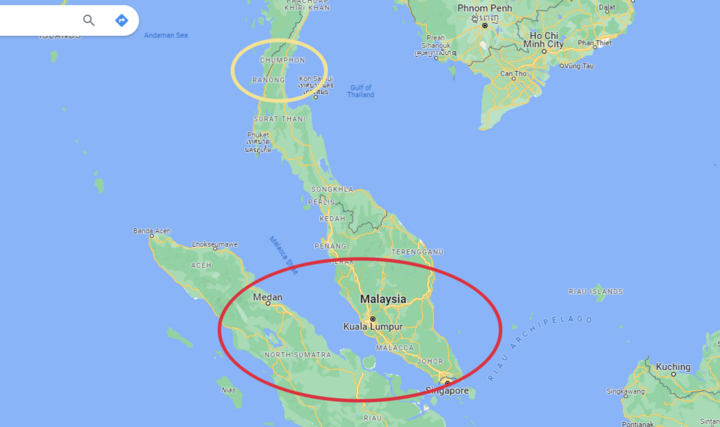
The Strait of Malacca (red ellipse) and the proposed area of the Landbridge project (yellow ellipse), with the Indian Ocean on the left and the South China Sea on the right. (Photo: AM/Google Map)
About 50,000 ships pass through the strait each year, including tankers, container ships, and fishing boats. Tens of millions of barrels of oil pass through here every day, mainly supplying China, South Korea, and Japan.
The world's three largest economies in East Asia rely heavily on the Malacca sea route. Half of the fuel tankers from China, South Korea and Japan pass through here.
Thailand's new project is designed to replace the sea route through the Strait of Malacca with a complex transport system of seaports, roads and railways.
Earlier this week, Thai Prime Minister Srettha Thavisin told investors in San Francisco that the Landbridge project could cut travel time between the Indian Ocean and the Pacific Ocean by about four days, reducing shipping costs by 15%. With traffic expected to exceed the capacity of the Strait of Malacca by 2030, he said the new project would ensure the smooth flow of goods.
The Landbridge project will cost about 1 trillion baht ($28 billion), according to the Thai government. Ports will be built on either side of the country’s southern peninsula and linked by a network of highways and railways. The 100-kilometer link will replace Thailand’s decades-old idea of digging a canal across the Kra Isthmus.
The Strait of Malacca is the shortest sea route connecting the Asia-Pacific region to India and the Middle East. Mr Srettha said about a quarter of the world's trade passes through the strait and it will only get more congested, driving up shipping costs. The Thai prime minister noted that there are an average of more than 60 maritime accidents a year on the route.
“Landbridge will be an important route, an important option to solve the problems of the Malacca Strait. It will be a cheaper, faster and safer route,” Mr. Srettha said.
He said that according to the project proposal, the western port would have a capacity to handle 19.4 million tonnes of cargo, while the eastern port would be designed for 13.8 million TEUs (a unit of measurement in the maritime industry, one TEU is equivalent to the volume of a 6.1-meter international standard container). The two Thai ports' handling capacity is equal to 23 percent of the total cargo handling capacity of the Malacca Strait ports, including Port Klang in Malaysia and Port Belawan in Indonesia.
Prime Minister Srettha has pitched the project to investors in China and Saudi Arabia in recent weeks, which could create 280,000 jobs and boost Thailand’s annual economic growth to 5.5% when fully implemented. Southeast Asia’s second-largest economy grew 2.6% last year and is forecast to expand 2.5% to 3% in 2023.
Thailand aims to complete the project by 2030, and foreign investors will be allowed to own more than 50 percent of the joint ventures that will build the port and related infrastructure. The planned deep-sea ports in Ranong, facing the Andaman Sea, and Chumphon in the Gulf of Thailand could cost 630 billion baht, or $21 billion, according to Thailand’s Transport Policy and Planning Office.
Thai officials will hold a presentation to potential U.S. investors during the Asia-Pacific Economic Cooperation summit this week. Prime Minister Srettha said U.S. companies interested in the project include SSA Marine Inc., Port of Long Beach, Oracle Corp. and Webtec.
Thailand has discussed for decades the idea of building a canal (the Kra Canal project) that would bypass the country’s narrowest point and cut the distance from the Indian Ocean to the Pacific Ocean by 1,200km, but that proposal has been repeatedly rejected over environmental concerns. The new project, instead of digging a canal, would build ports on the east and west coasts and connect the two points by road and rail.
Anh Minh (Source: Bloomberg, Yahoo News)
Source





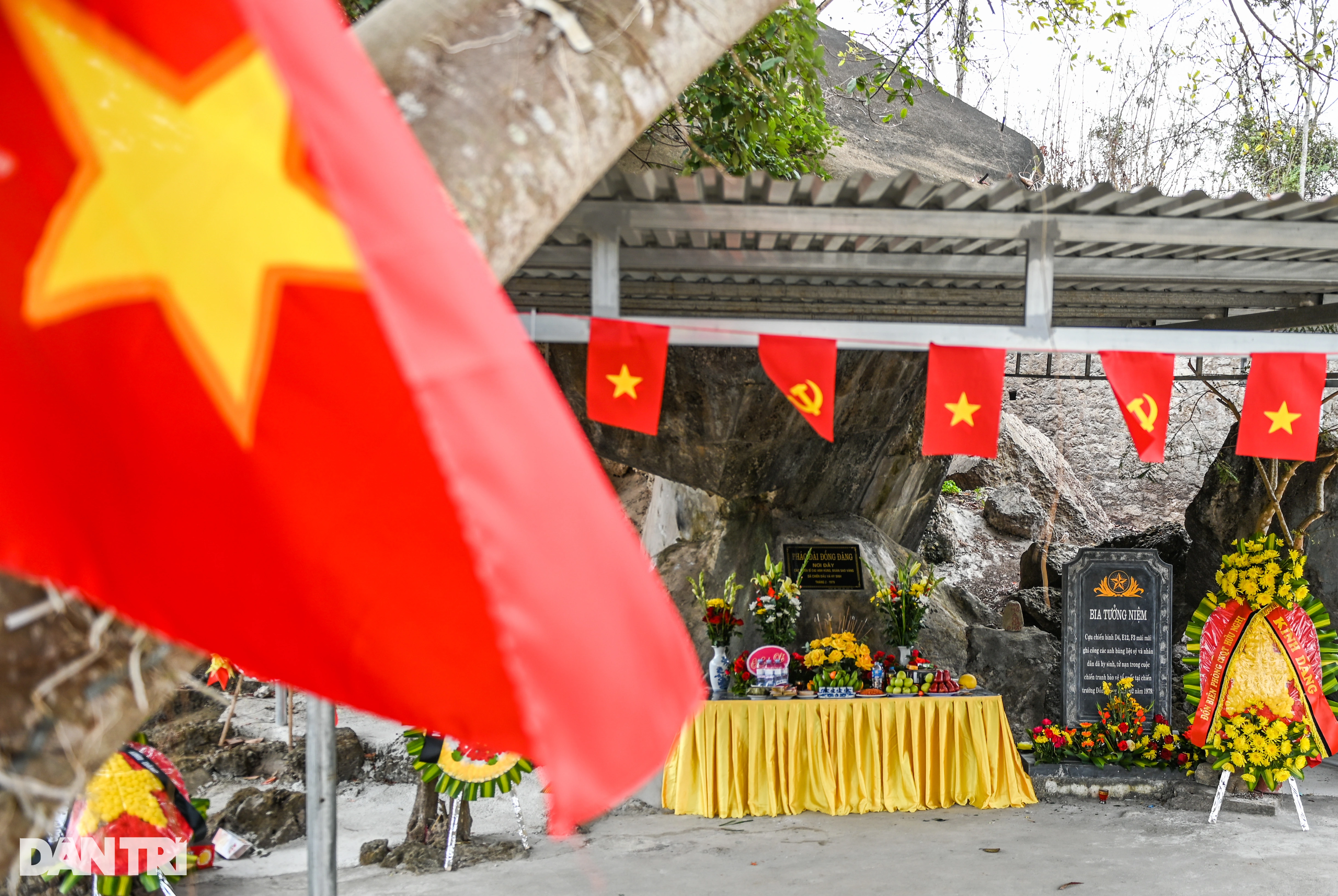
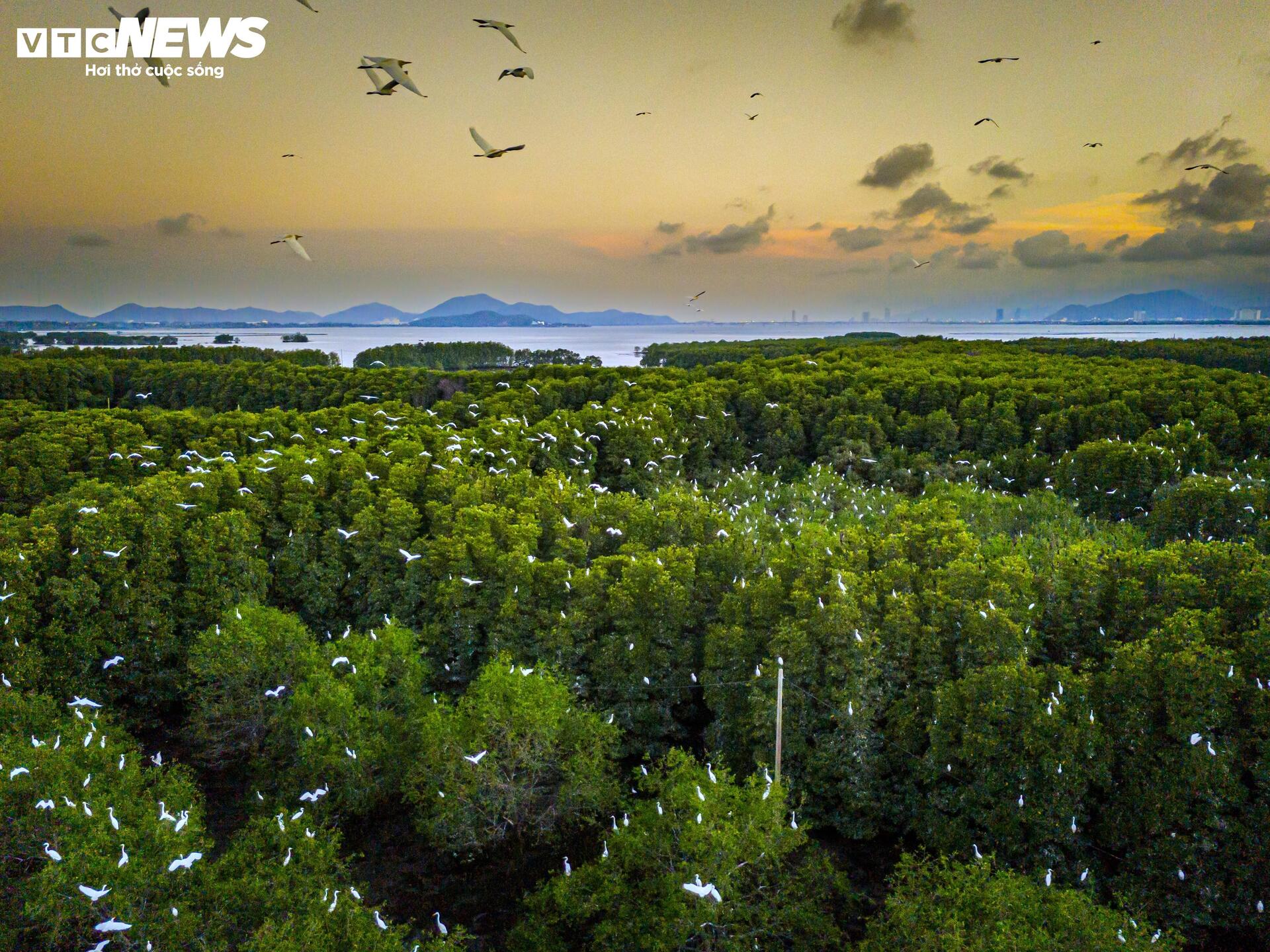



























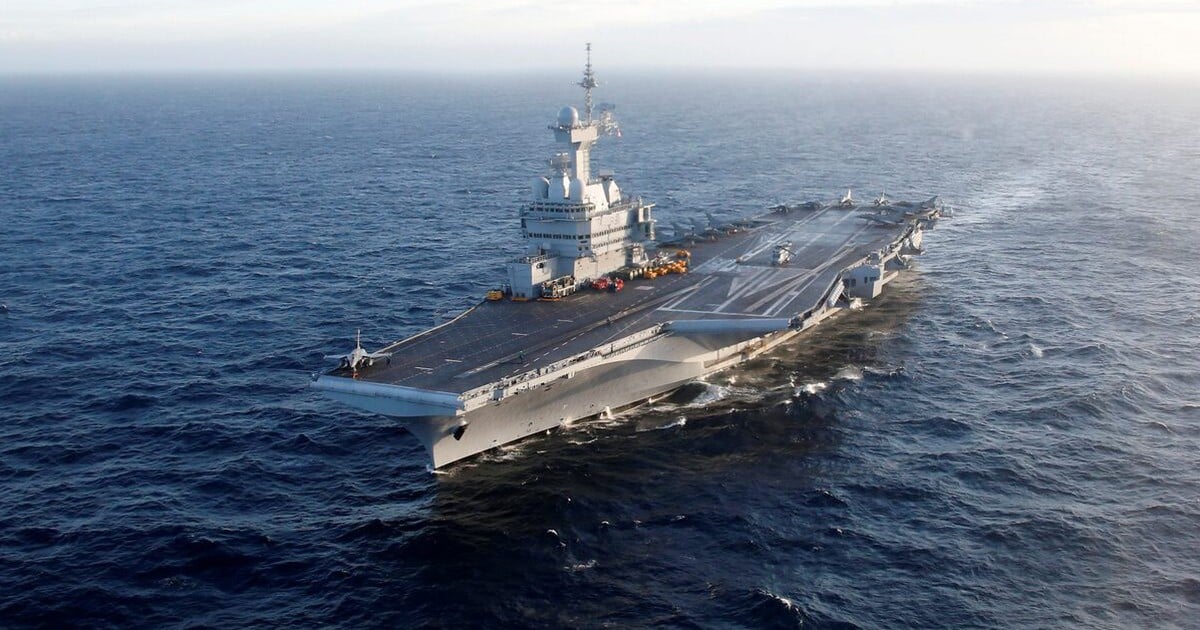

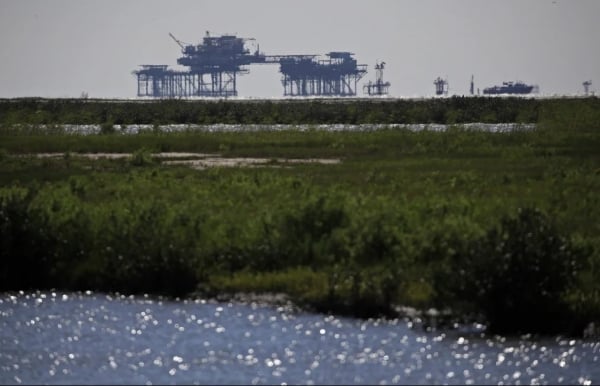

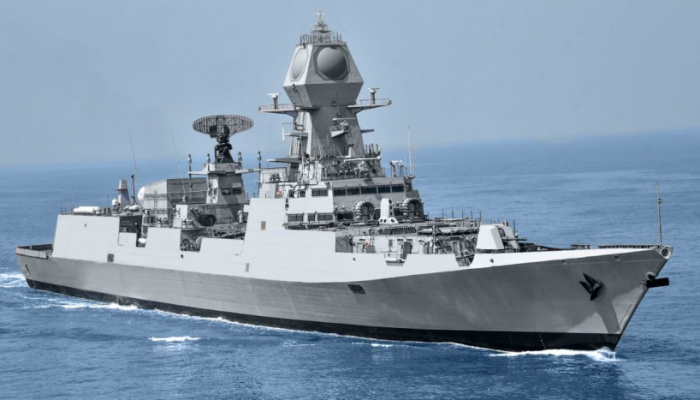







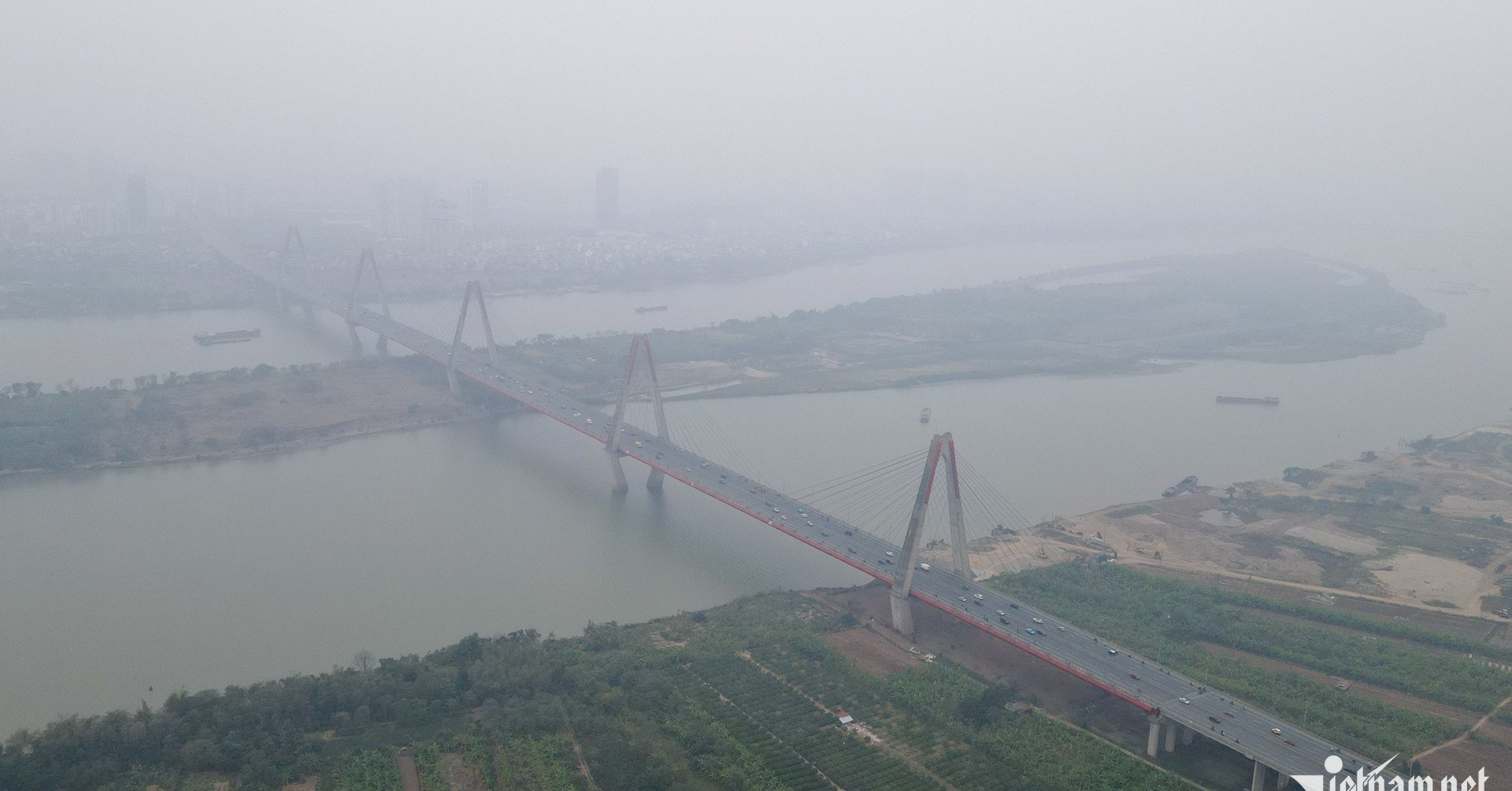

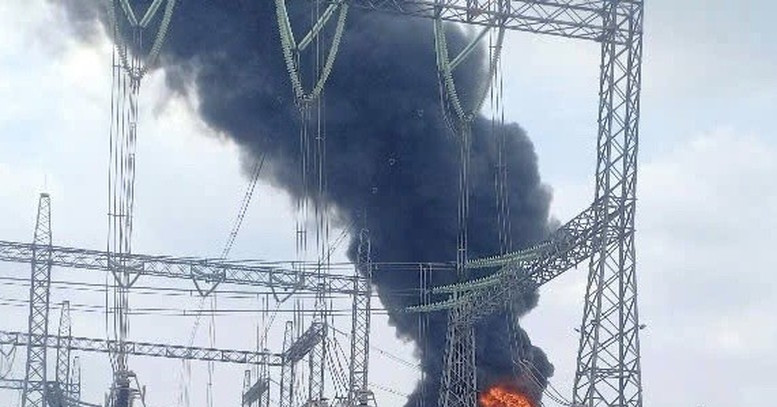


















Comment (0)